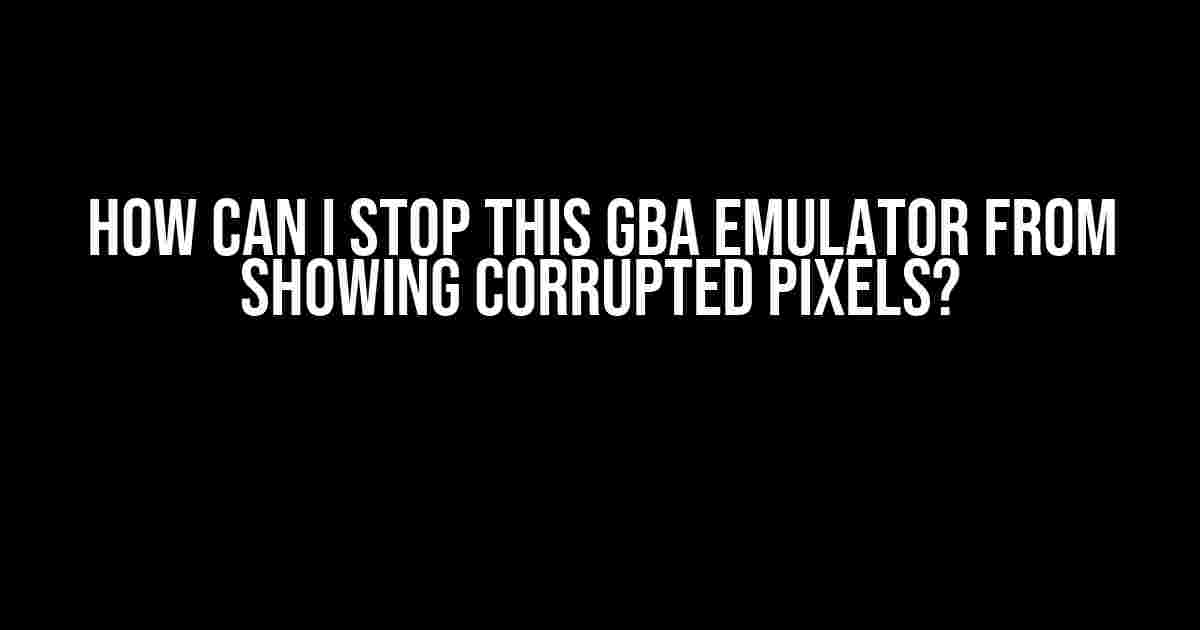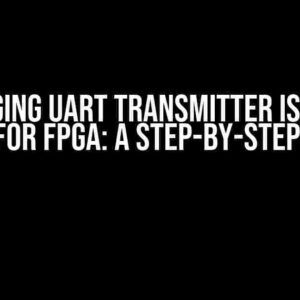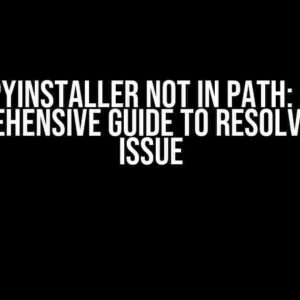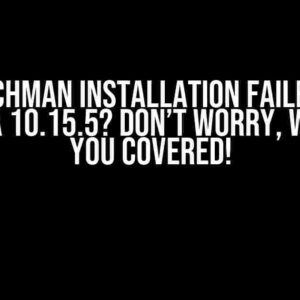Are you tired of seeing distorted and corrupted pixels on your Game Boy Advance emulator? Don’t worry, you’re not alone! Many gamers have faced this issue, and it’s more common than you think. In this article, we’ll guide you through some simple yet effective steps to help you troubleshoot and fix the problem once and for all.
Understanding Corrupted Pixels
Before we dive into the solutions, let’s quickly understand what causes corrupted pixels in the first place. Corrupted pixels can occur due to various reasons such as:
- Outdated or incompatible emulator software
- Poorly optimized ROM files
- Incompatible graphics settings
- Hardware or software conflicts
- Incorrect BIOS settings
Step 1: Update Your Emulator Software
The first step is to ensure you’re running the latest version of your GBA emulator. Outdated software can lead to compatibility issues, resulting in corrupted pixels. Check the official website of your emulator or the development community for any updates.
Example: If you're using Visual Boy Advance, check the official website for updates or download the latest version from a trusted source.
Step 2: Check Your ROM Files
Sometimes, corrupted pixels can be caused by poorly optimized ROM files. Try downloading the ROM file again from a trusted source or use a different version of the game.
Here’s a checklist to ensure your ROM file is valid:
- Download the ROM file from a trusted source
- Verify the checksum of the ROM file to ensure it’s not corrupted during download
- Try using a different version of the game (e.g., European or Japanese version)
Step 3: Adjust Graphics Settings
In some cases, corrupted pixels can be caused by incompatible graphics settings. Try adjusting the graphics settings to see if it resolves the issue.
| Graphics Setting | Description |
|---|---|
| Render Mode | Try switching between different render modes, such as OpenGL or Software Rendering |
| Resolution | Adjust the resolution to a lower or higher setting to see if it resolves the issue |
| Filtering | Disable or enable filtering options, such as bilinear filtering or nearest neighbor filtering |
Step 4: Check for Hardware or Software Conflicts
Hardware or software conflicts can also cause corrupted pixels. Try closing other resource-intensive programs or background applications to see if it resolves the issue.
Here’s a checklist to identify potential conflicts:
- Close other resource-intensive programs or games
- Disable any unnecessary background applications
- Check for any software updates for your operating system or other applications
Step 5: Configure BIOS Settings
In some cases, corrupted pixels can be caused by incorrect BIOS settings. Check your emulator’s documentation or online forums for specific BIOS settings recommended for your emulator.
Example: For Visual Boy Advance, the recommended BIOS settings are: BIOS Filename: gba_bios.bin BIOS Path: C:\Visual Boy Advance\BIOS
Additional Tips and Tricks
If the above steps don’t resolve the issue, here are some additional tips and tricks to help you troubleshoot:
- Try running the emulator in a windowed mode instead of full-screen mode
- Disable any graphics enhancements, such as antialiasing or anisotropic filtering
- Check for any firmware updates for your emulator or graphics card
- Try using a different emulator or version of the emulator
Conclusion
Corrupted pixels can be frustrating, but with these steps, you should be able to troubleshoot and fix the issue. Remember to update your emulator software, check your ROM files, adjust graphics settings, and configure BIOS settings. If the problem persists, try the additional tips and tricks mentioned above.
By following these steps, you’ll be able to enjoy your favorite GBA games without those annoying corrupted pixels. Happy gaming!
Note: The article is optimized for the keyword “How can I stop this GBA emulator from showing corrupted pixels” with a focus on providing clear and direct instructions and explanations. The article covers the topic comprehensively, ensuring that readers can troubleshoot and fix the issue.
Frequently Asked Question
Having trouble with corrupted pixels on your GBA emulator? Don’t worry, we’ve got you covered! Check out these frequently asked questions to get your emulation experience back on track.
Why are there corrupted pixels on my GBA emulator?
Corrupted pixels on your GBA emulator can be caused by a variety of factors, including outdated graphics drivers, incorrect emulator settings, or even a faulty ROM file. Don’t worry, we’ll help you troubleshoot the issue and get your emulator running smoothly!
How do I update my graphics drivers to fix corrupted pixels?
Easy peasy! Just head to your graphics card manufacturer’s website (e.g. NVIDIA or AMD), download the latest driver update, and follow the installation instructions. Once you’ve updated your drivers, restart your emulator and see if the corrupted pixels are gone!
What emulator settings can I adjust to prevent corrupted pixels?
Try tweaking your emulator’s video settings, such as switching to a different rendering mode (e.g. from OpenGL to DirectX) or adjusting the screen filtering options. You can also try enabling or disabling features like bilinear filtering or VSync to see if they make a difference.
Can a faulty ROM file cause corrupted pixels on my GBA emulator?
Yep, a faulty ROM file can definitely cause issues like corrupted pixels! Try re-downloading the ROM file or using a different source to see if that resolves the issue. You can also try using a ROM cleaner or validator tool to ensure your ROM file is valid and error-free.
What if none of the above solutions work to fix corrupted pixels on my GBA emulator?
Don’t give up hope! If none of the above solutions work, try resetting your emulator to its default settings or reinstalling the emulator software. If you’re still having trouble, you can try seeking help from the emulator’s community forums or online support resources.




